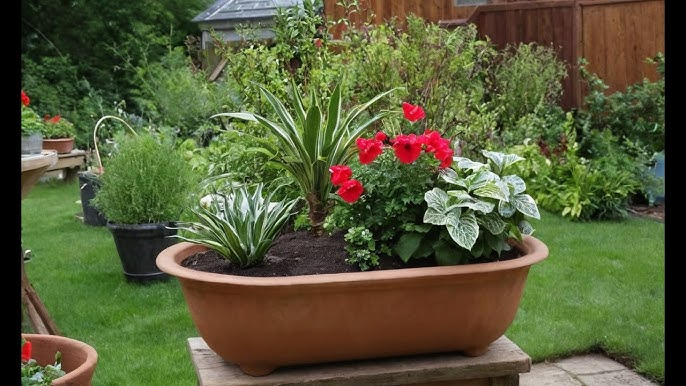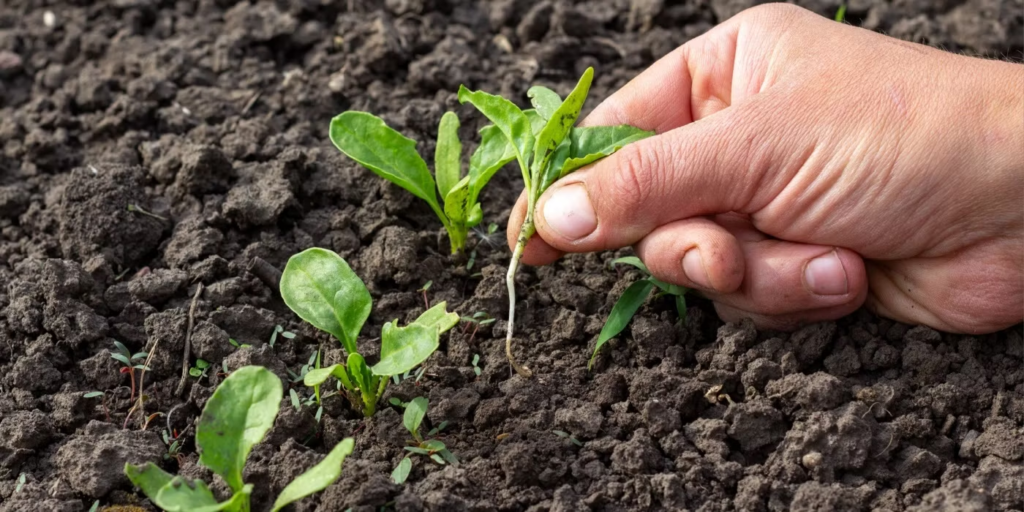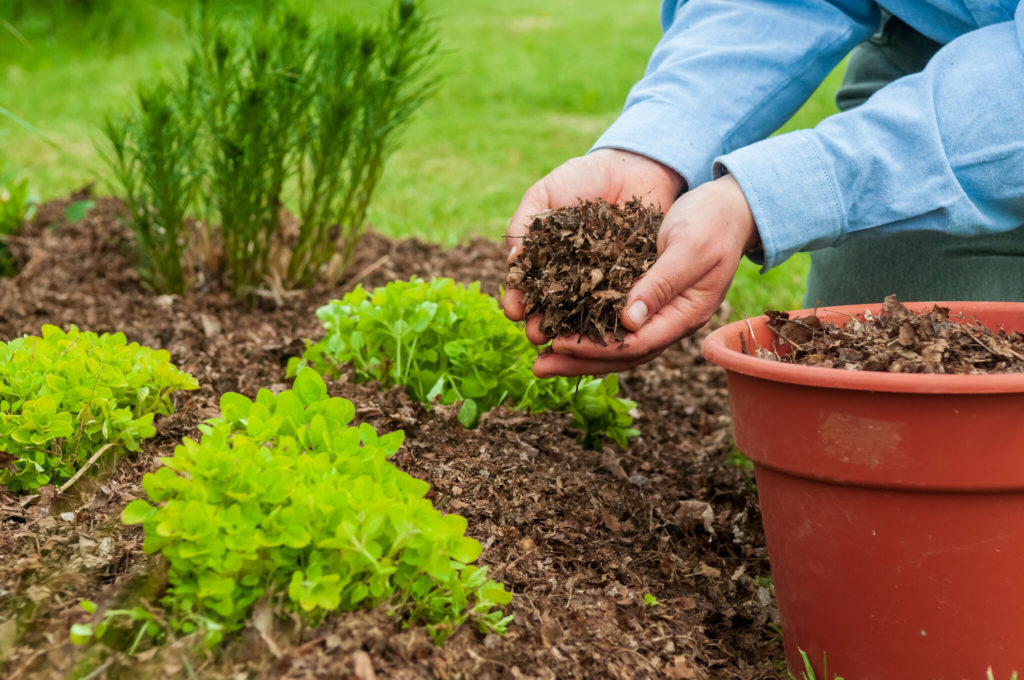Gardening can be an immensely rewarding hobby, but it’s not always intuitive. Whether you’re cultivating a lush vegetable garden or growing herbs on your balcony, there’s a lot to learn. Many new gardeners face challenges due to the overwhelming flood of advice and products available today. Here are five key tips to help you succeed and enjoy your gardening journey.
1. Master Container Gardening
Containers offer the flexibility to garden in small spaces, from balconies to patios. However, they come with their own set of challenges. Plants in containers require more care than those in the ground, especially in terms of watering and feeding. Roots in small containers can struggle to spread, often leading to stunted growth, and the soil in containers heats up quickly, making it harder for roots to thrive.
For the best results, choose large containers and be sure to fill them almost to the top to avoid shading your plants. Plastic pots are generally more forgiving than fabric ones and retain moisture better, but all containers require regular attention. Many vegetables need large containers to grow properly. As you gain experience, you might find it easier to move some plants into the ground when they outgrow their pots.

2. Prevent Overcrowding
Proper spacing is crucial for seedlings. Crowded plants compete for light, water, and nutrients, stunting their growth. For root crops like radishes, carrots, and beets, thinning your seedlings is essential to give them enough room to grow to full size. Though it may feel counterintuitive to remove some healthy plants, thinning ensures the others can flourish.
Similarly, avoid allowing plants to set fruit too early. For example, pinch off the first few fruits on cucumber and pepper plants to allow the plant to direct its energy into producing more leaves, which will improve future fruit production. This practice can help your plants grow stronger and more productive in the long run.

3. Keep Plants Well-Fed
Whether you’re planting in the ground or raised beds, it’s essential to nourish your plants properly. Commercial potting mixes often require added nutrients, as they don’t contain the minerals found in natural soil. Organic fertilizers, such as GardenTone (with a balanced NPK of 3-4-4), can be added to the root zones as needed.
For heavy feeders like broccoli, corn, and leafy greens, consider adding extra nitrogen for robust growth. However, be cautious with high-nitrogen fertilizers like fish emulsion or bone meal, as they can attract pests. Always ensure you follow guidelines to prevent over-fertilizing.
4. Mulch at the Right Time
Mulch is a wonderful tool for retaining moisture, preventing weeds, and improving soil health. However, it’s essential to wait for the right time to use it. Applying mulch too early, while the soil is still cold and wet in the spring, can create an ideal environment for pests like slugs and snails. Instead, wait until early summer, once the soil has warmed up and your plants are well-established. This will help keep unwanted pests at bay and ensure that mulch can work its magic.

5. Use Sprays as a Last Resort
It’s easy to panic when you see pests, but spraying chemicals should be your last option. I’ve learned the hard way that using insecticidal soap on lettuce often results in a soapy taste that ruins the crop. Instead, focus on physical pest control methods. Hand-pick insects like aphids, or gently brush them off with a dry paintbrush. For pests like potato beetles, submerge them in soapy water.
When diseases or pests require stronger action, always test any organic insecticides on a small part of the plant first, and follow the label instructions carefully. Pruning out infected leaves or removing damaged plant parts can also help keep problems from spreading.
Gardening is an evolving skill, but by focusing on these essential tips, beginners can set themselves up for success. Keep learning, and enjoy the process of nurturing your plants—your green thumb will grow in no time!
